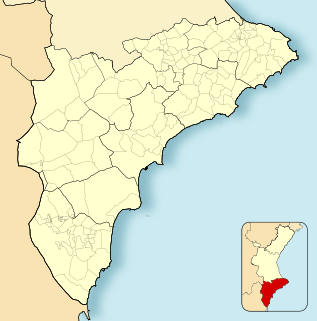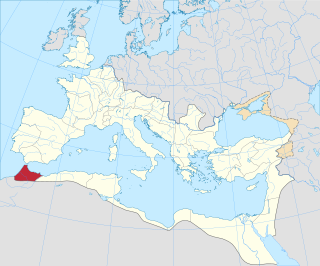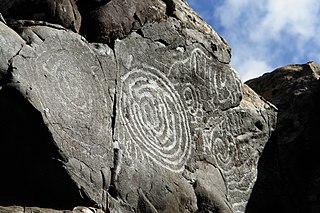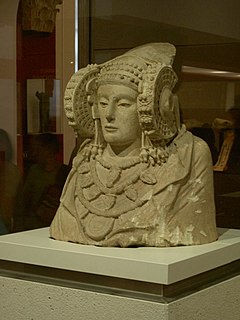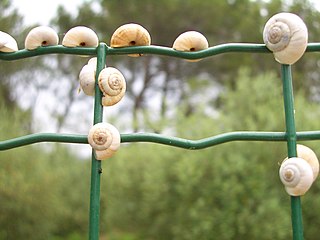André Jodin is an archaeologist known for explorations and excavations in North Africa, especially in Morocco. André Jodin (1921-2003) studied Phoenician and Punic sites in Morocco in the 1960s and 1970s. Mogador (Essaouira) (Kerné?) became then the most extreme place of Phoenician merchants in the South Atlantic African coast. His contribution to Volubilis (Muley Idris) followed Carcopino’s thesis about the regia of king Juba II (25 BP-23 AD) in Morocco. In the 1980s André Jodin participated in the archaeological study of the Iberian necropolis of Cabezo Lucero (Guardamar del Segura, Alicante). References: -A. Jodin: Mogador. Comptoir phénicien du Maroc atlantique, Rabat, 1966. -A. Jodin: Volubilis Regia Iubae, Paris, 1987. -A. Jodin et al.: La nécropole ibérique de Cabezo Lucero (Guardamar del Segunra, Alicante), Madrid, 1993.

North Africa is a region encompassing the northern portion of the African continent. There is no singularly accepted scope for the region, and it is sometimes defined as stretching from the Atlantic shores of Morocco in the west, to Egypt's Suez Canal and the Red Sea in the east. Others have limited it to top North-Western countries like Algeria, Morocco, and Tunisia, a region that was known by the French during colonial times as “Afrique du Nord” and is known by all Arabs as the Maghreb. The most commonly accepted definition includes Algeria, Sudan, Morocco, Tunisia, Libya and Egypt, the 6 countries that shape the top North of the African continent. Meanwhile, “North Africa”, particularly when used in the term North Africa and the Middle East, often refers only to the countries of the Maghreb and Libya. Egypt, being also part of the Middle East, is often considered separately, due to being both North African and Middle Eastern at the same time. North Africa includes a number of Spanish and Portuguese possessions, Plazas de soberanía, Ceuta and Melilla and the Canary Islands and Madeira. The countries of North Africa share a common ethnic, cultural and linguistic identity that is unique to this region. Northwest Africa has been inhabited by Berbers since the beginning of recorded history, while the eastern part of North Africa has been home to the Egyptians. Between the A.D. 600s and 1000s, Arabs from the Middle East swept across the region in a wave of Muslim conquest. These peoples, physically quite similar, formed a single population in many areas, as Berbers and Egyptians merged into Arabic and Muslim culture. This process of Arabization and Islamization has defined the cultural landscape of North Africa ever since.

Morocco, officially the Kingdom of Morocco, is a country located in the Maghreb region of North West Africa with an area of 710,850 km2 (274,460 sq mi). Its capital is Rabat, the largest city Casablanca. It overlooks the Mediterranean Sea to the north and the Atlantic Ocean to the west. Morocco claims the areas of Ceuta, Melilla and Peñón de Vélez de la Gomera, all of them under Spanish jurisdiction.
Jodin – who typically signed his publications as A. Jodin– directed excavations at a number of significant sites, including Volubilis in north-east Morocco, and Mogador on Morocco's Atlantic coast.cf. [1] [2]

Volubilis is a partly excavated Roman city in Morocco situated near the city of Meknes, and commonly considered as the ancient capital of the kingdom of Mauretania. Built in a fertile agricultural area, it developed from the 3rd century BC onward as a Berber, then proto-Carthaginian, settlement before being the capital of the kingdom of Mauretania. It grew rapidly under Roman rule from the 1st century AD onward and expanded to cover about 42 hectares with a 2.6 km (1.6 mi) circuit of walls. The city gained a number of major public buildings in the 2nd century, including a basilica, temple and triumphal arch. Its prosperity, which was derived principally from olive growing, prompted the construction of many fine town-houses with large mosaic floors.

